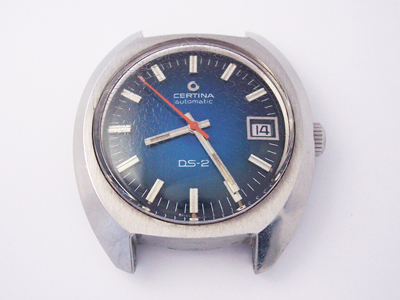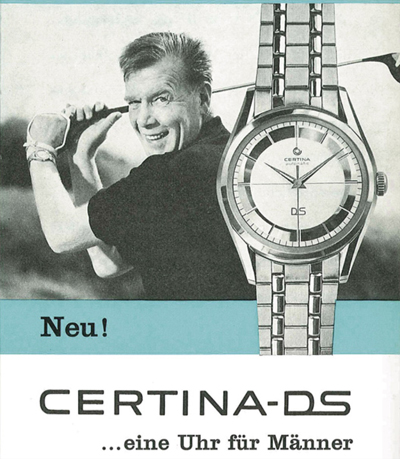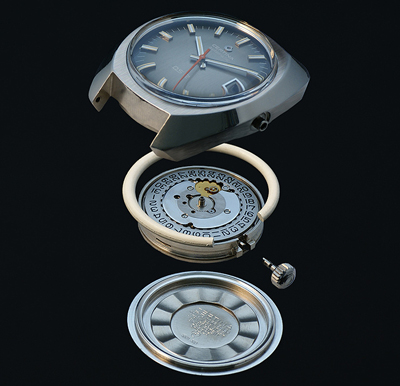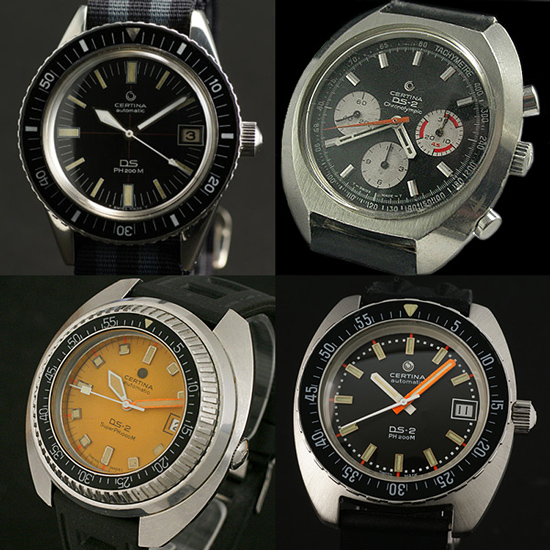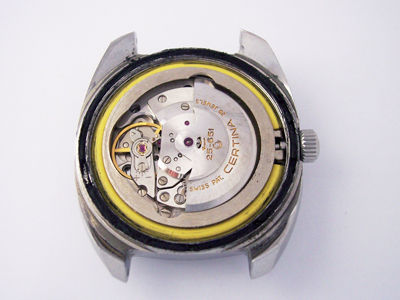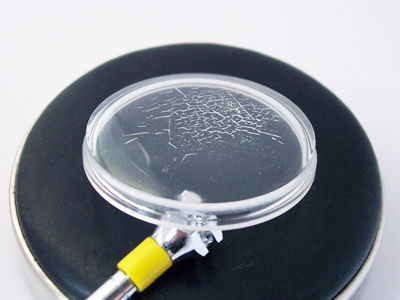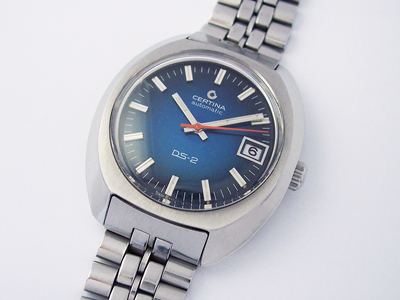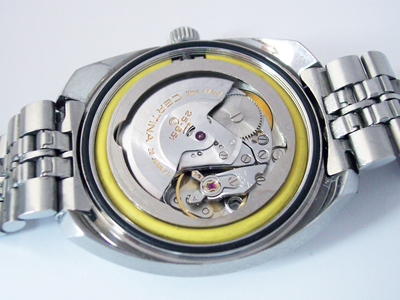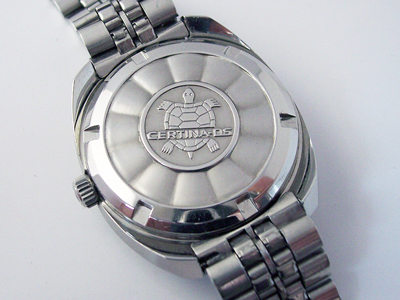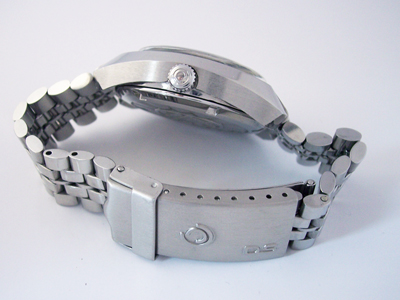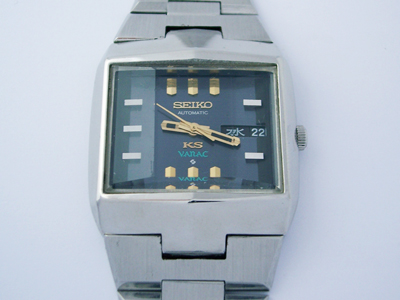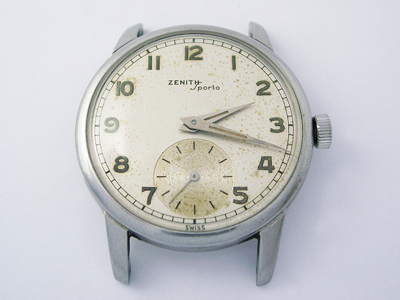Kicking off the New Year is a watch from another long-standing manufacturer yet to feature on the blog, Certina.
(Click pictures to enlarge)
Established in 1888 and still in business today, Certina was founded in Grenchen, Switzerland by Adolf and Alfred Kurth. Trading initially as Kurth Frères they made movement parts and supplies for the wider watchmaking industry. By 1906 the brothers were already making complete timepieces with in-house movements and were one of the first manufacturers to offer wristwatches to the general public.
With a view to expanding into international markets, the brand was re-named Certina in 1939 (taken from the Latin ‘certus’ meaning ‘assured’) and success continued unabated. By 1955 the number of employees had grown to 500 and the company was making 1000 timepieces per day. At their peak production in 1972, the company employed 900 people and had an overall output of 600,000 watches per year.
Like many companies, Certina was hit hard by the quartz revolution and in the early 1970’s joined forces with other struggling companies such as Tissot and Omega to form the ASUAG (Allgemeine Schweizerische Uhrenindustrie AG) – the holding company that went on to become the Swatch Group we know today.
The watch in this post is from Certina’s most famous range the DS or ‘Double Security’ line. The DS concept was first introduced in 1959 aiming to surpass the water and shock resistance of any watch on the market at the time.
To achieve this goal, as well as being housed in a solid stainless steel case, water resistance was increased by adding an extra thick acrylic crystal and more substantial gaskets. Shock absorption was improved by encasing the entire movement in a thick elastic ring (as shown below). An air gap between the dial and case allowed travel in all directions, effectively isolating the movement entirely from the case.
After the initial concept proved a success (over 300,000 units were sold) the second generation, DS-2, was released in 1968 adding a number of technical improvements to the original case design, namely; a second seal on the winding crown and more substantial casing screws.
This short video from Certina contains a section showing the public marketing/testing of the new DS-2 watches by dropping them from a height of 6 metres without incident. (The industry standard shock resistance test at that time was from a height of 2.2 metres)
https://www.youtube.com/watch?v=Asz9SJ-mUKk
By 1979 Certina had sold more then 20 million DS watches making them by far the most successful range in the company’s history. Although DS models are still being sold by Certina today, it’s the vintage models from the 1960’s and 70’s that are seen as the most desirable among watch collectors, the diver’s and chronographs in particular. Here are a few examples:
Ok, back to the subject of this post. Having serviced quite a few of these watches over the years and being impressed by them I was tempted by this graduated blue dialled model. The watch arrived in running condition but with the caseback removed I could see that it hadn’t been serviced for quite some time and the caseback gasket had turned into a familiar foe, ‘the black goo’.
The movement inside this watch is the Certina cal. 25-651, an excellent quality in-house automatic calibre with 28 jewels and a beat rate of 19,800 bph. This version is date only, though a day/date option was also available.
Although the case was still in excellent condition, there were a couple of minor cosmetic issues to address; the lume in the hands had deteriorated and would need to be refreshed and the crystal had ‘crazed’ – an effect where an acrylic crystal shrinks after decades of use (or exposure to UV light perhaps?) resulting in small cracks within the body of the crystal. Crazing is not always obvious as when viewed ‘head on’ the effect is minimal, but when viewed from an oblique angle the cracks are clear to see.
With regular acrylic crystals there is little that can be done as the cracks often penetrate too deep into the surface meaning replacement is the only option. However, as the original crystal on this watch is around 4 times thicker than a standard crystal, this one could be saved by sanding off the crazing and then buffing it back to an unblemished finish.
With the movement serviced, hands re-lumed, crystal polished and the case cleaned, the watch could finally be rebuilt.
Finally, here’s a picture of the turtle caseback for which the Certina DS is famous (these vintage ones are especially cool!)…
… and this watch also has its original DS branded solid link bracelet which is a bonus.
For more information about vintage Certinas and the DS watches in particular, check out this excellent site: www.vintagecertinas.ch.
Rich.

